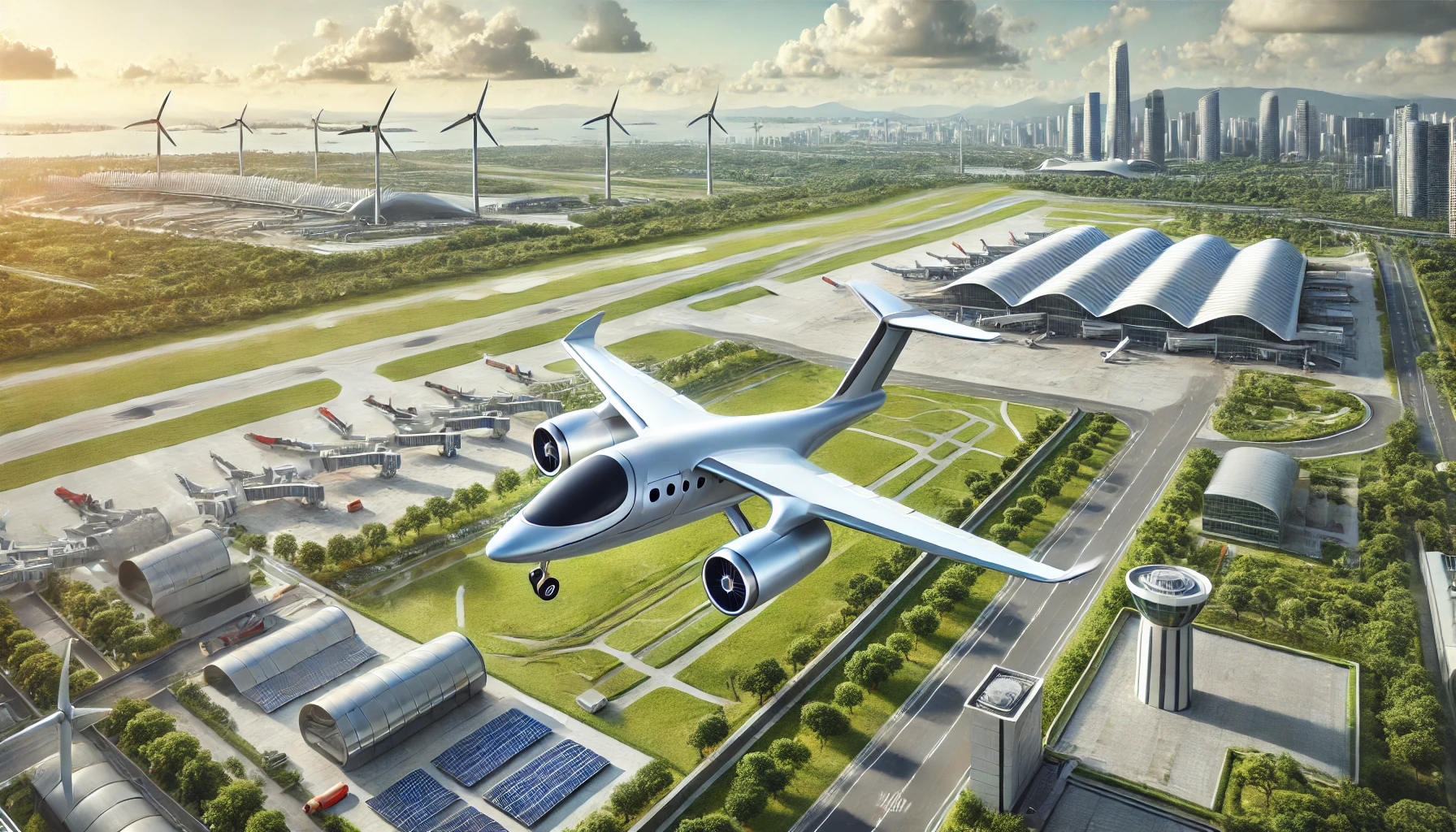The aviation industry is undergoing a transformation, and at the heart of it is the push for cleaner, more sustainable technologies. Electric aviation, once a distant dream, is quickly becoming a reality. With research and development in full swing, small electric aircraft are expected to begin operating on regional flight routes in the coming years. This shift is set to revolutionize air travel, making it not only more environmentally friendly but also potentially more cost-effective for regional routes.
Why Electric Aviation?
One of the primary drivers behind the development of electric aircraft is the urgent need to reduce the aviation industry’s carbon footprint. The aviation sector is responsible for a significant percentage of global greenhouse gas emissions, and as the demand for air travel grows, so does its environmental impact. Traditional jet fuel-powered planes contribute heavily to carbon emissions, making the transition to electric power a critical step toward a sustainable future.
Electric aircraft, powered by batteries or hybrid systems, promise to drastically cut emissions. By eliminating or significantly reducing the need for fossil fuels, electric planes can make air travel cleaner and quieter, which is especially important for flights near densely populated urban areas. This shift aligns with global goals to reduce carbon emissions and tackle climate change.
Progress in Research and Development
Research into electric aviation has seen impressive advancements in recent years, with companies and governments alike investing heavily in the technology. Several prototypes of electric aircraft have already been developed, and some have even completed successful test flights. These planes range from small, single-passenger aircraft to regional models capable of carrying up to 19 passengers.
One of the key players in this space is Neste, a leader in sustainable aviation fuel (SAF) development. While Neste is best known for its work in biofuels, the company is also contributing to the electric aviation revolution. Neste, along with other innovators, is working to develop the infrastructure needed to support electric aircraft, such as charging stations at airports and the creation of more efficient batteries.
Electric aviation startups and aerospace giants are focusing on two main areas: battery capacity and aircraft range. Current battery technology limits the range of electric aircraft to shorter, regional routes, but as battery technology improves, so will the range and capacity of these planes.
The Role of Electric Aircraft in Regional Travel
Small electric planes are expected to enter regional flight routes within the next few years. These planes will likely operate on short-haul routes, particularly in areas where the demand for regional travel is high. Countries with vast geographies or isolated regions could benefit immensely from the introduction of electric planes, as they offer a clean and efficient alternative to traditional aircraft for shorter distances.
Regional electric flights could open new possibilities for air travel, particularly in underserved markets where traditional air travel may not be economically viable. Electric planes are expected to have lower operating costs due to reduced fuel and maintenance expenses, which could result in more affordable ticket prices for passengers. This could encourage more people to choose air travel for short distances, enhancing connectivity between cities and regions.
Challenges Ahead
Despite the promise of electric aviation, there are still significant challenges to overcome. The most pressing issue is battery technology. While advancements are being made, current batteries are not yet powerful enough to sustain long-haul flights. Additionally, the weight of batteries remains a critical concern, as aircraft must be lightweight to be efficient. However, with ongoing research and innovation, these obstacles are likely to be addressed in the near future.
Another challenge is the need for infrastructure. Airports will need to be equipped with charging stations, and the aviation industry will need to establish standards for electric planes. This will require collaboration between governments, companies, and regulatory bodies to ensure that electric aviation can be integrated into the existing air travel ecosystem.
The Future of Electric Aviation
The future of electric aviation is bright. With small electric planes set to enter regional flight routes in the coming years, the aviation industry is taking a major step toward sustainability. While there are challenges to overcome, the potential benefits of electric aviation are immense, from reducing carbon emissions to lowering operating costs and improving regional connectivity.
As research continues to advance and battery technology improves, we can expect to see larger electric planes capable of flying longer distances. The future of flight is electric, and as this technology takes off, it will play a crucial role in creating a cleaner, more sustainable world.
In a few years, the sight of an electric aircraft quietly taking off from a regional airport could be as common as the traditional jet engines we’re familiar with today. And with companies like Neste at the forefront of this revolution, the skies are set to become a lot greener.




